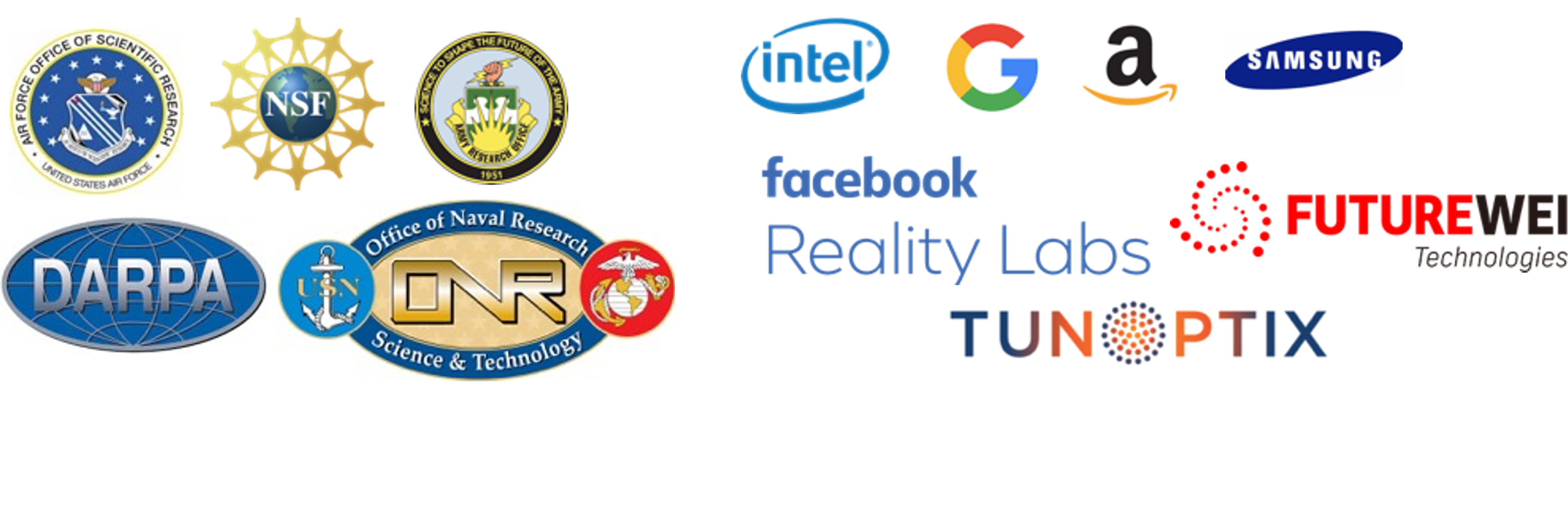Welcome to the NOISE lab in University of Washington, Seattle.
Any technological advancement relies on the synergy of fundamental physics and intelligent engineering. For example, the unprecedented success of information technology in the last century, is fuelled by several physics-Nobel-prize winning discoveries, including, transistors, integrated circuits, lasers and fiber-optics. In Integrated Quantum Optoelectronics lab, we study light-matter interaction, which lies at this intersection between physics and electrical engineering.
The fundamental question in optoelectronics is: how to change amplitude, phase and frequency of light, with lower energy, faster speed, smaller size and reduced cost. The solution of this problem is given by efficient engineering of the light-matter interaction. By confining light to a small volume for a long time, scientists have demonstrated light-matter interaction at the most fundamental level enabling single-photon, single atom or single quantum dot (the smallest man-made atom like object) devices. Although unprecedented performances have been demonstrated with these stand-alone devices, unfortunately, no scalable system can be built with them.
In our research, we focus on the scalability issue of these low energy optoelectronic devices. More specifically, our research aims to answer:
- How to make a scalable nanophotonic system (by exploring new materials and novel nanophotonic devices)? Two major challenges for realizing such systems are: weak optical nonlinearity and inherent disorder present in the nano-photonic devices. Hence, we work on cavity enhanced nonlinear optics with 2D materials, as well as, reconfigurable optics design to circumvent the effects of the disorder. Our ultimate goal is to realize single photon nonlinearity using cavity coupled 2D materials, and developing a chip-scale adaptive optics platform.
- What new applications emerge with development of the scalable optoelectronic systems? A scalable low energy optolectronic system is known to be beneficial for digital optical computing and communication. However, there may be other regimes of optical computing, where the nanophotonic system will be more suitable, like neuromorphic optical computing. Apart from that, these systems can be useful for new class of optical imager, sensors; 3D display technology. With efficient engineering we want to push the energy required in these optoelectronic devices to few photons level, where quantum effects start appearing, and hence these devices can potentially be useful for quantum information science and quantum simulation.
Any student (undergraduate or graduate) interested in my research should contact me at arka@uw.edu. (Job_AD)
Our research is supported by various federal agencies, industry and foundations: